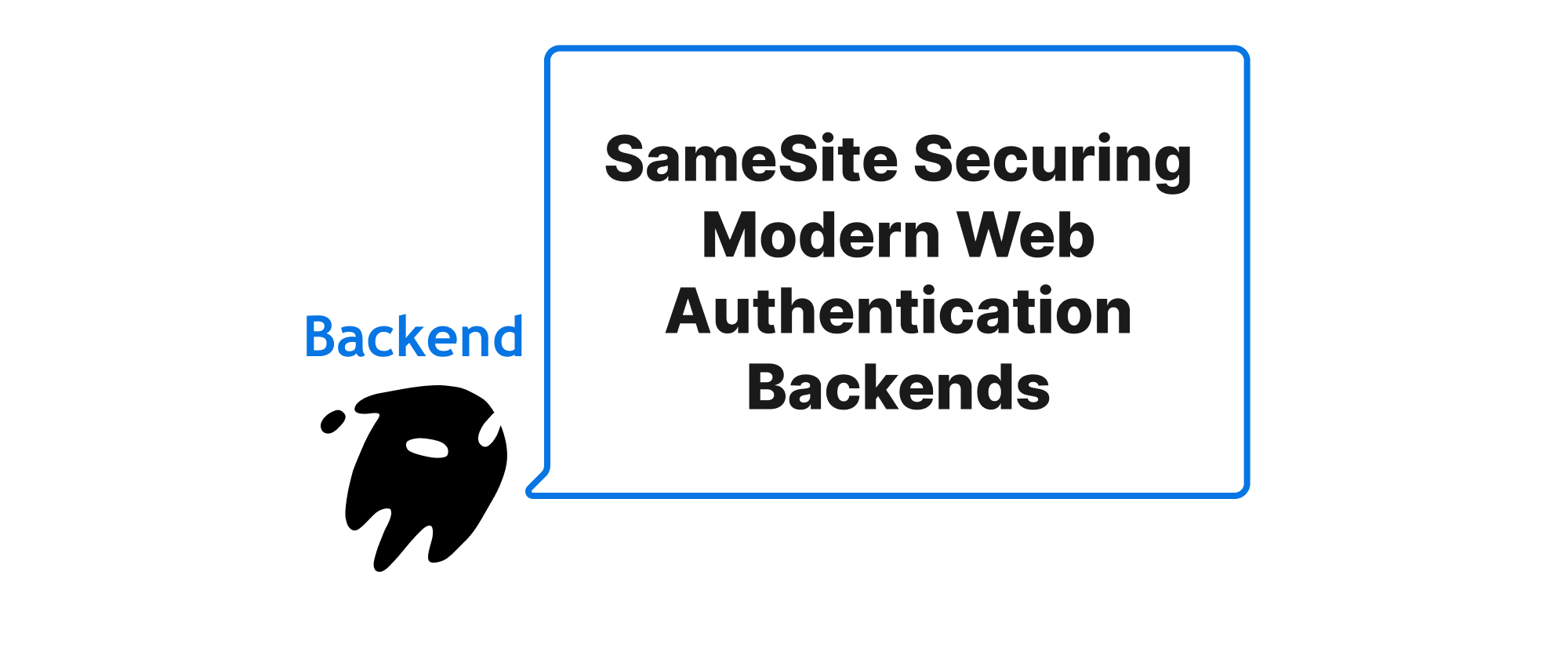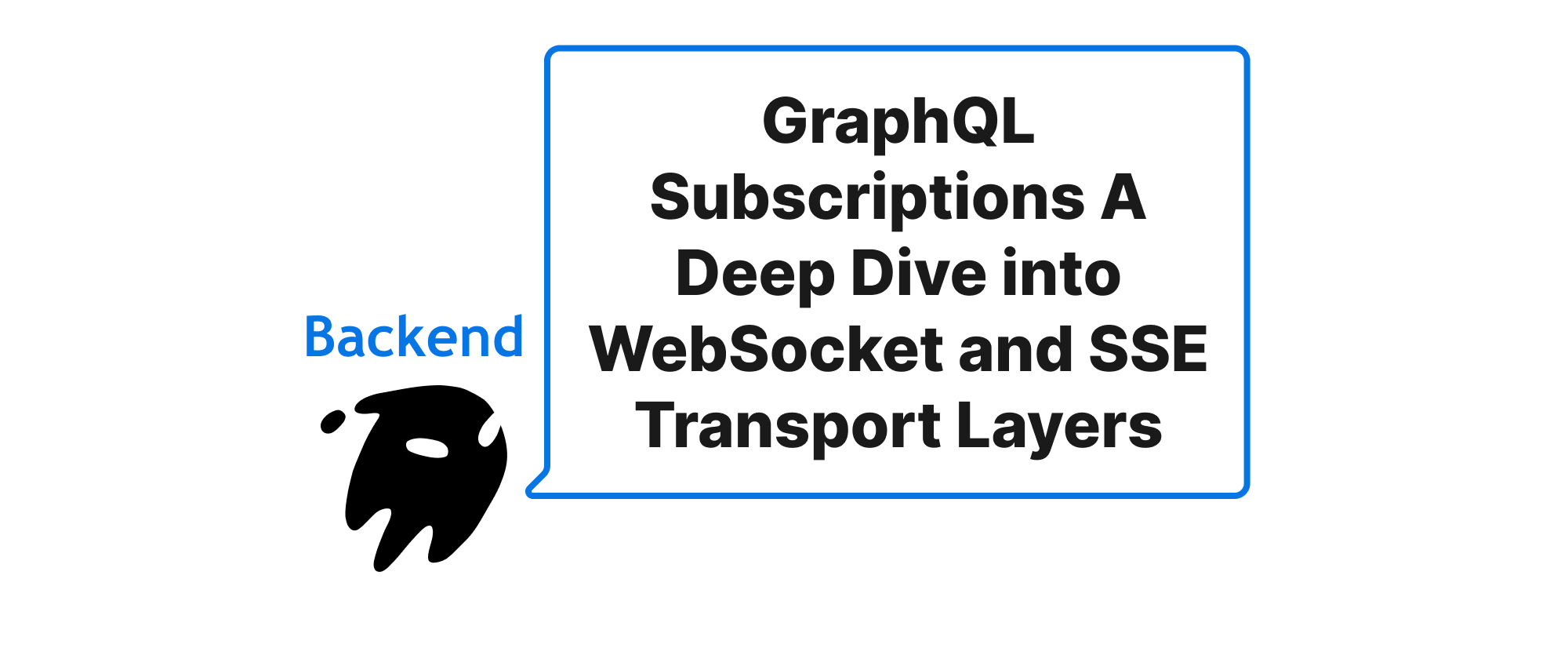SameSite Securing Modern Web Authentication Backends
Takashi Yamamoto
Infrastructure Engineer · Leapcell

The Silent Guardian: SameSite, Cookies, and Backend Security
In the ever-evolving landscape of web security, protecting user data and ensuring the integrity of interactions remains paramount. As web applications grow in complexity and interconnectivity, so do the attack vectors. One subtle yet powerful mechanism that has risen to prominence in fortifying modern web authentication is the SameSite cookie attribute. Often overlooked, SameSite plays a critical role in preventing certain types of cross-site request attacks, thereby safeguarding user sessions and the sensitive operations performed within them. This article delves into how backend frameworks leverage SameSite to bolster web security, making it an indispensable tool for developers building robust and secure applications.
Understanding the Core: Cookies, Cross-Site Requests, and CSRF
Before we unravel the intricacies of SameSite, it’s essential to grasp the foundational concepts it addresses.
Cookies
Cookies are small pieces of data that a server sends to a user's web browser, and the browser stores them. When the browser sends subsequent requests to the same server, it sends the cookies back. This mechanism is fundamental for maintaining session state, remembering user preferences, and facilitating authentication. A typical scenario involves a server setting a session cookie after a successful login, which the browser then sends with every subsequent request to prove the user is authenticated.
Cross-Site Scenarios
A "cross-site" scenario occurs when resources from one origin (domain, protocol, and port) attempt to interact with another origin. For example, an image on site-a.com trying to load a resource from site-b.com is a cross-site request. While many cross-site interactions are benign and necessary for the modern web (e.g., loading external scripts, images, or fonts), they also open doors for malicious activities.
Cross-Site Request Forgery (CSRF)
CSRF is an attack that tricks a web browser into executing an unwanted action on a web application where a user is currently authenticated. Imagine you are logged into your banking website (bank.com). A malicious website (evil.com) could embed a hidden form or an image tag that sends a request to bank.com to transfer money from your account. If your browser automatically sends your bank.com session cookie along with this malicious request (which it traditionally would), bank.com would process it as a legitimate request from you, unaware that you were tricked into making it. This is where SameSite steps in as a critical defense mechanism.
SameSite: The Backend's Silent Sentinel
The SameSite cookie attribute instructs browsers whether to send cookies with cross-site requests. It has three primary values: Lax, Strict, and None. Backend frameworks integrate SameSite into their cookie management to mitigate CSRF risks.
1. SameSite=Strict
When a cookie is set with SameSite=Strict, the browser will only send the cookie with requests originating from the same site as the URL to which the cookie will be sent.
This means if you're on example.com and click a link to example.com/profile, the cookie will be sent. However, if you're on evil.com and it tries to make a request to example.com/transfer, the example.com cookie will not be sent.
Implementation Example (Node.js with Express):
const express = require('express'); const app = express(); app.post('/login', (req, res) => { // Simulate successful login res.cookie('session_id', 'user123', { httpOnly: true, secure: true, sameSite: 'Strict', // Only send with same-site requests maxAge: 3600000 // 1 hour }); res.send('Logged in successfully (Strict cookie)'); }); app.get('/transfer', (req, res) => { if (req.cookies.session_id === 'user123') { res.send('Transfer successful (Strict cookie was sent!)'); } else { res.status(401).send('Unauthorized: Strict cookie not sent.'); } }); app.listen(3000, () => { console.log('Server running on port 3000'); });
Pros: Provides the strongest CSRF protection. Cons: Can be too restrictive for certain legitimate cross-site use cases, like navigation from an external site (e.g., clicking a link in an email taking you to an authenticated page will fail to send the cookie).
2. SameSite=Lax
SameSite=Lax is a more lenient but still secure option. Cookies with SameSite=Lax are sent with same-site requests and also with top-level navigations initiated by a cross-site request (e.g., clicking on a link that takes you from evil.com to example.com). However, they are not sent with other types of cross-site requests, such as <img> tags, <iframe> tags, or XHR/fetch requests. This offers a good balance between security and usability.
Implementation Example (Python with Flask):
from flask import Flask, make_response, request app = Flask(__name__) app.secret_key = 'supersecretkey' # For session management in Flask @app.route('/login', methods=['POST']) def login(): # Simulate successful login resp = make_response("Logged in successfully (Lax cookie)") resp.set_cookie('session_id', 'user456', httponly=True, secure=True, samesite='Lax', max_age=3600) return resp @app.route('/profile') def profile(): if request.cookies.get('session_id') == 'user456': return 'Welcome to your profile (Lax cookie was sent!)' return 'Unauthorized: Lax cookie not sent.' if __name__ == '__main__': app.run(port=5000)
Pros: Excellent balance, offering good CSRF protection while allowing legitimate cross-site navigation. It's often the default SameSite mode adopted by modern browsers for cookies without an explicit SameSite attribute.
Cons: Still protects against most CSRF attacks, but doesn't offer the absolute highest level of protection against all possible cross-site scenarios (e.g., certain POST requests initiated via top-level navigations that browsers might allow).
3. SameSite=None
When a cookie is set with SameSite=None, the browser will send the cookie with all requests, including cross-site requests. For this to work, the cookie must also be marked Secure (i.e., only sent over HTTPS). If a SameSite=None cookie is not Secure, the browser will refuse to set it or send it. This mode is necessary for legitimate cross-site use cases, such as embedding content from one domain into another (e.g., an embedded iframe from a different domain that needs to access a session cookie).
Implementation Example (PHP with Laravel/Lumen - conceptual):
<?php // In a Laravel/Lumen controller after authentication public function login(Request $request) { // Simulate successful login return response('Logged in successfully (None cookie)') ->cookie('auth_token', 'token789', 60, null, null, true, true, false, 'none'); // Parameters: name, value, minutes, path, domain, secure, httpOnly, raw, sameSite } public function getData(Request $request) { if ($request->cookie('auth_token') === 'token789') { return 'Here is your cross-site data (None cookie was sent over HTTPS!)'; } return response('Unauthorized: None cookie not sent or invalid.', 401); } ?>
Pros: Enables legitimate cross-site cookie usage for scenarios like third-party embeds, API calls from different domains, or single sign-on (SSO) systems.
Cons: Offers no protection against CSRF attacks, thus requiring developers to implement other CSRF mitigation techniques (e.g., anti-CSRF tokens) when using SameSite=None. The Secure attribute is mandatory, meaning it only works over HTTPS.
Backend Frameworks and SameSite Integration
Modern backend frameworks like Express (Node.js), Flask (Python), Laravel (PHP), Ruby on Rails, and Spring Boot (Java) inherently support SameSite configuration. They typically provide mechanisms to set the SameSite attribute when setting cookies for session management or authentication tokens.
- Session Middleware: Frameworks often have session management middleware (e.g.,
express-sessionin Node.js,Flask-Sessionin Python) that can be configured with the desiredSameSitesetting for session cookies. - Cookie Helpers: Lower-level cookie setting functions or response objects allow direct specification of the
SameSiteattribute, giving granular control to developers for individual cookies. - Default Behavior: Recognizing the security benefits, many frameworks and browser defaults now Lean towards
SameSite=Laxas the default for new cookies that don't explicitly specify aSameSiteattribute.
By carefully selecting the appropriate SameSite value for each cookie, backend developers can significantly reduce the attack surface for CSRF, without completely breaking legitimate cross-site functionalities. For sensitive operations like changing passwords or transferring funds, Strict is ideal. For general user sessions, Lax provides a good balance. And for specific cross-site integrations, None (along with additional CSRF tokens) is the only option.
Conclusion
The SameSite cookie attribute has quietly yet profoundly transformed modern web authentication security. By providing precise control over when cookies are sent with cross-site requests, (Lax, Strict, or None), it empowers backend developers to effectively mitigate CSRF attacks and protect user sessions. Implementing the correct SameSite policy is no longer an optional enhancement but a fundamental requirement for building secure and trustworthy web applications in today's interconnected digital world.


